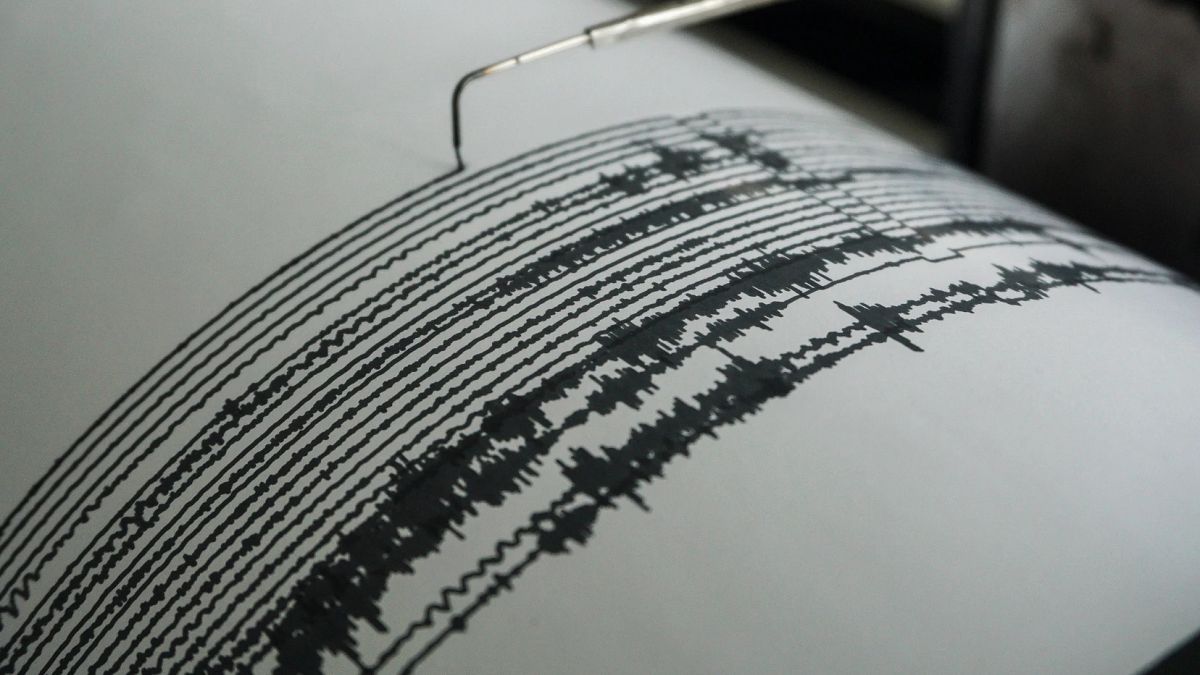Japan, located within the Pacific “ring of fire,” is considered one of the most earthquake-prone regions globally.
A tsunami advisory was issued on Thursday after a powerful earthquake measuring magnitude 7.1 hit off the coast of southern Japan.
The Japan Meteorological Agency said the quake was centred off the eastern coast of Japan’s southern main island of Kyushu at a depth of about 30 kilometres.
It issued a tsunami advisory, predicting waves of up to 1 metre along the southern coast of Kyushu and the nearby island of Shikoku.
The quake most strongly shook Nichinan city and nearby areas in Miyazaki prefecture on Kyushu island.
The agency said tsunami waves of up to 50 centimetres were detected along parts of Kyushu’s southern coast and the nearby island of Shikoku about a half hour after the quake struck.
Seismologists were holding an emergency meeting to analyse whether the quake had affected the nearby Nankai Trough, the source of past devastating earthquakes.
Operators of nuclear plants in Kyushu and Shikoku said they were checking to see if there was any damage to them.
Japan’s NHK public television said there were reports of broken windows at the Miyazaki airport near the epicentre.
Japan, located within the Pacific “ring of fire,” is considered one of the most earthquake-prone regions globally.
The Asian island country accounts for about 20% of global quakes of magnitude 6.0 or greater, with seismometers recording an event every five minutes on average, forcing the country to invest greatly in making its infrastructure and its population quake-resistant.
History of devastating tremors
On 11 March 2011, Japan suffered the most powerful earthquake ever recorded in the country and the fourth strongest quake ever since modern seismography began in 1900.
Dubbed the “Great East Japan Earthquake,” with a magnitude of 9.1, it triggered powerful tsunami waves that may have reached heights of up to 40.5 metres.
Nearly 20,000 people died, and some 2,500 are still missing. The tsunami caused the Fukushima Daiichi nuclear disaster, primarily the meltdowns of three of its reactors, the discharge of radioactive water in Fukushima and the associated evacuation zones affecting hundreds of thousands of residents.
Ten years later, more than 40,000 people are still unable to return home, most of them from Fukushima, where areas near the wrecked plant are still off-limits due to radioactive contamination.
Roads, train lines, and other key infrastructure and housing have mostly been completed at the cost of more than 30 trillion yen (€235 billion), but land remains empty in coastal towns further north.
Nobody died from the direct impact of radiation, but Fukushima has fallen behind in the recovery efforts because of the radiation impact, with 2.4% of the prefectural land still no-go zones near the Fukushima Daiichi plant.
More recently, a magnitude 7.6 earthquake struck the north-central region of Noto on 1 January, resulting in the death of at least 241 people.

